Дизайн саду вимагає тонкого балансу креативності та практичності. Розмір не має такого великого значення, як ви могли б подумати, тому незалежно від того, чи є у вас маленький сад чи багато місця для розкладання, ви можете спроектувати сад, який відповідає вашим потребам. Це простір, який буде розширюватися від вашого оригінального дизайну, тому варто витратити час на етап проектування перед початком реалізації. Хоча цей процес вимагає планування та наполегливої роботи, кінцевим результатом є простір, який приноситиме вам радість і відпочинок протягом багатьох років.
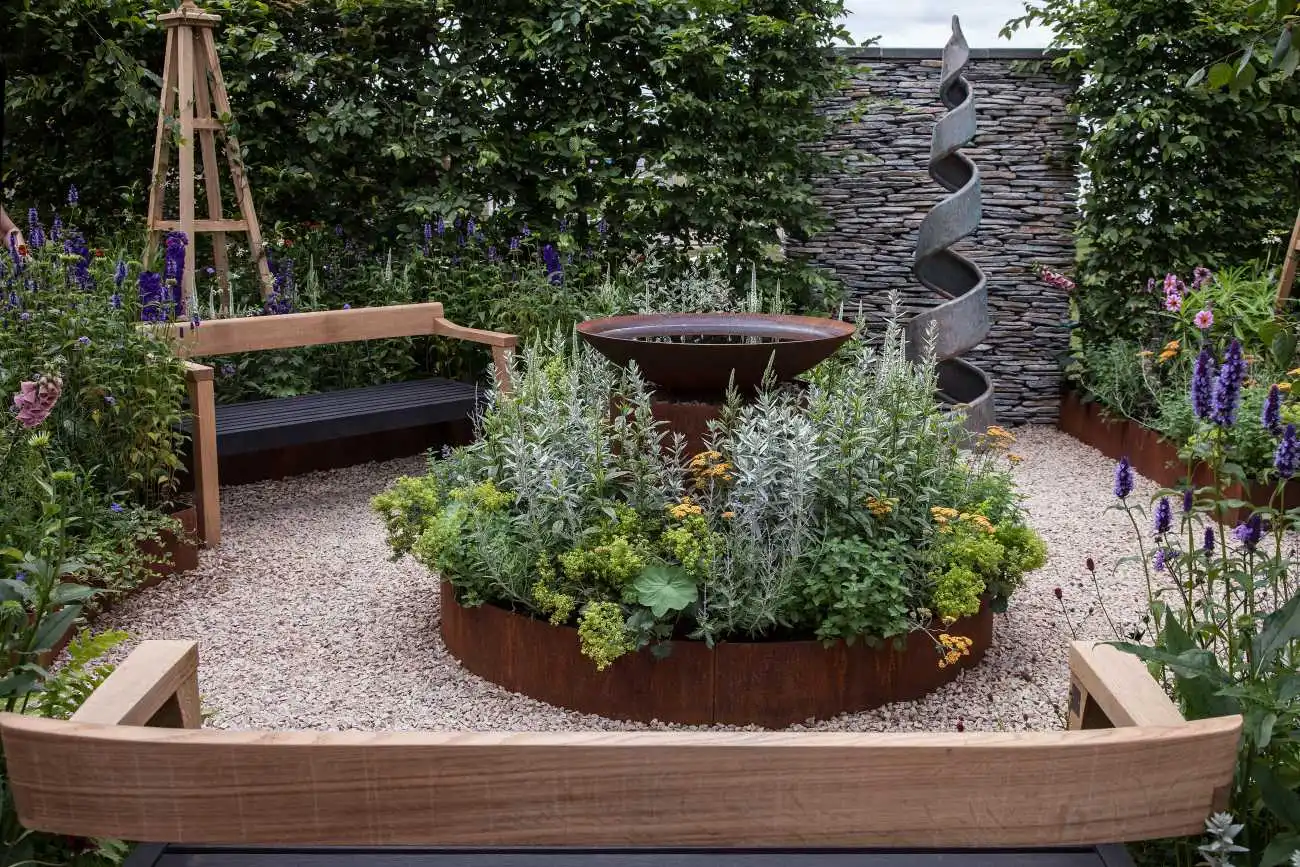
Планування може здатися не надто захоплюючим способом розпочати садову пригоду, але воно має важливе значення, щоб дати вашому саду найкращі шанси процвітати у вашому унікальному просторі та відповідати вашим очікуванням.
Розгляньте свій потенційний сад
Перш ніж почати проектувати свій сад, ви повинні спочатку зрозуміти простір, з яким ви будете працювати. Зверніть увагу на існуючі умови, такі як освітлення сонцем, якість ґрунту, дренаж та природні особливості, як-от скельні утворення чи дерева, які ви хочете включити.
Сади, що виходять на північ, зазвичай мають більше тінистих ділянок протягом дня, тоді як сади, що виходять на південь, отримують найбільше прямого сонячного світла. Сади, що виходять на схід, освітлюються яскравим ранковим сонцем, але прохолоднішим після обіду. Сади, що виходять на захід, отримують сонячне світло вдень, яке є яскравим і гарячим.
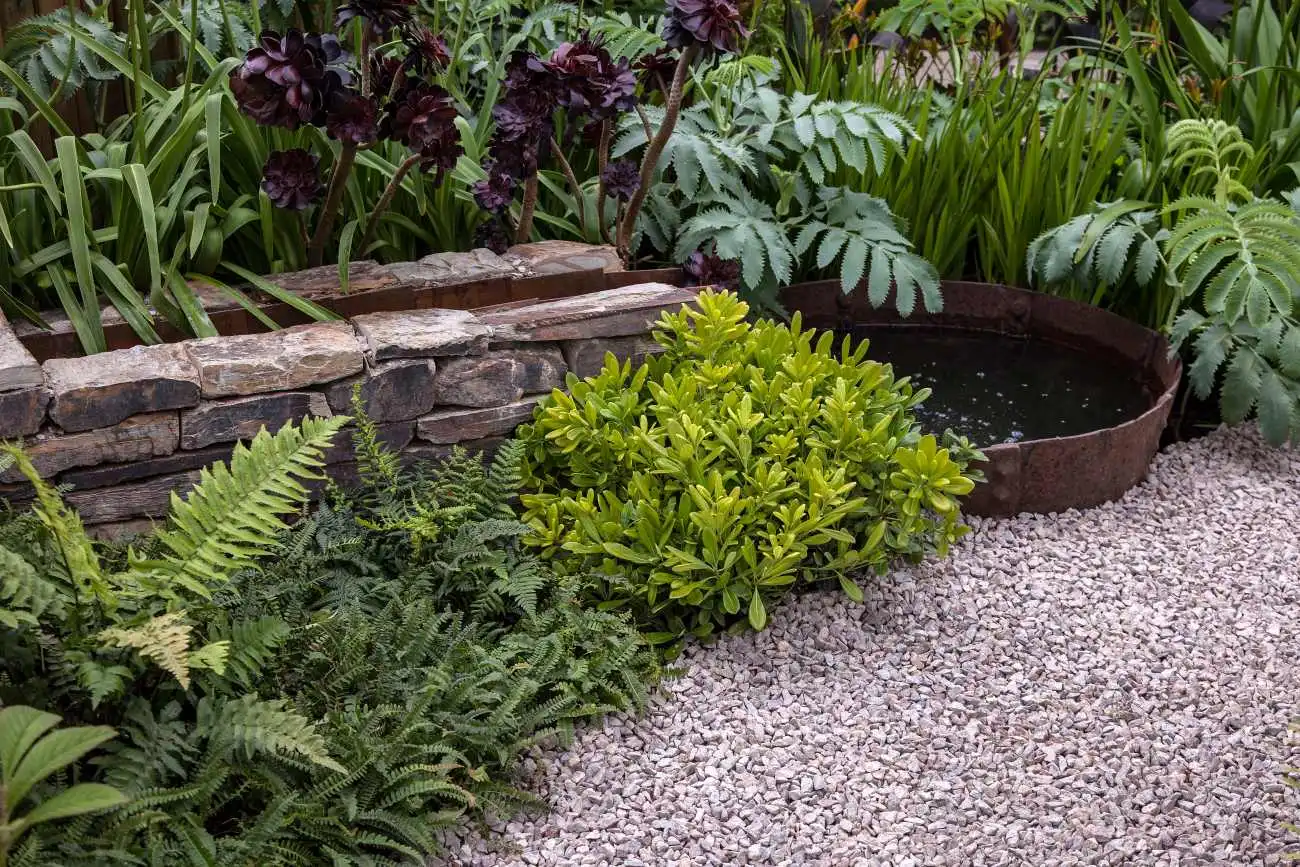
Створіть список бажань, перш ніж почати
Після того як ви оцінили фізичний простір, подумайте про те, як ви хочете використовувати свій сад — для вирощування овочів, відпочинку чи додаткових розваг. Подумайте про елементи, які ви точно хочете включити, як-от водні об’єкти, місця для сидіння, патіо та ваші улюблені рослини. Цей список побажань допоможе вам краще визначити свої цілі, щоб під час планування ви могли бути впевнені, що рухаєтеся до дизайну, який вам сподобається.
Визначтеся зі стилем саду
Вибір стилю саду на ранній стадії процесу допоможе прийняти рішення, щоб забезпечити цілісність дизайну. Незалежно від того, чи віддаєте ви перевагу чистому вигляду саду дзен чи пишному стилю англійського котеджного саду, визначення стилю, який ви хочете створити, керуватиме всіма вашими рішеннями, від планування та вибору рослин до вибраного декору. Розгляньте стилі саду в контексті архітектури вашого будинку, просторових обмежень і навколишнього ландшафту.
Розглянемо основні елементи дизайну саду
Think about your garden design based on the main elements that you want to include. Begin by identifying which elements you want to include, like flower beds, borders, walkways, fences, seating areas, containers, and grass areas. These elements will help you form the basic structure of the design. Consider how they will interact with the natural formations in your garden area as well as how they should be connected.
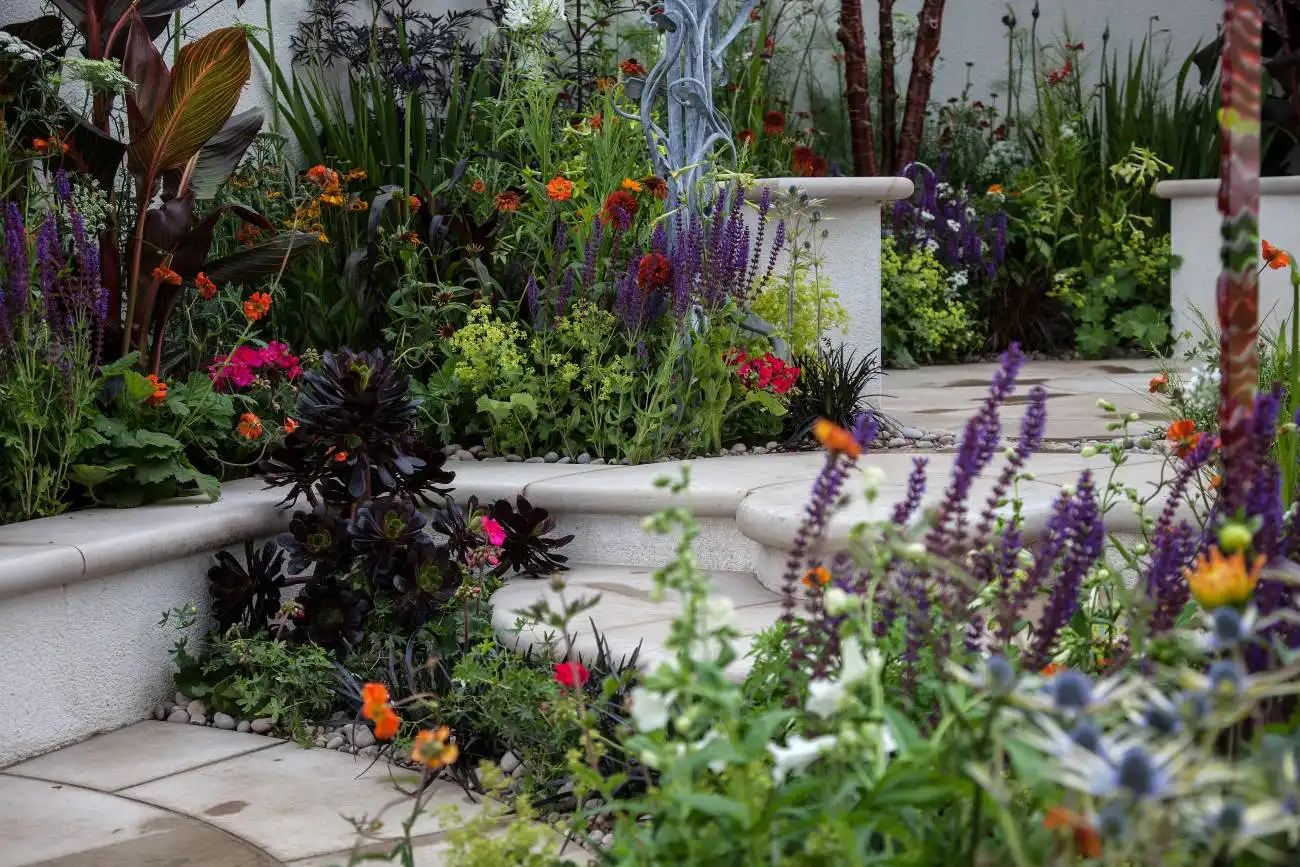
Накресліть план саду
Створення ескізу простого плану вашого саду є важливим кроком у процесі проектування. Ескіз дозволить вам краще візуалізувати макет і переконатися, що всі елементи, які ви збираєтеся включити, добре працюють разом. Цей малюнок не обов’язково має бути професійної якості, але він має точно відображати ваш простір. Зробіть вимірювання, щоб переконатися, що ваш ескіз намальований у відповідному масштабі.
Begin by drawing an outline of the space, making sure to include any existing natural elements that will be incorporated into the final garden design. Add in features you want in the design, like walkways, structures, garden beds, and seating areas. Take note of how the elements interact and the natural flow of movement through the garden.
Consider Your Plant Choice
Selecting the right plants is crucial for the success of your garden, both in terms of style, its durability, and ease of maintenance. Consider your climate, soil type, and the amount of sunlight the area receives. It is always best to opt for plants that are naturally suited to the garden environment, which will mean less upkeep and ensure that the plants thrive. Also think about how the plants will look throughout the year; mix perennials, annuals, evergreens, and deciduous plants so that your garden will look attractive all year.
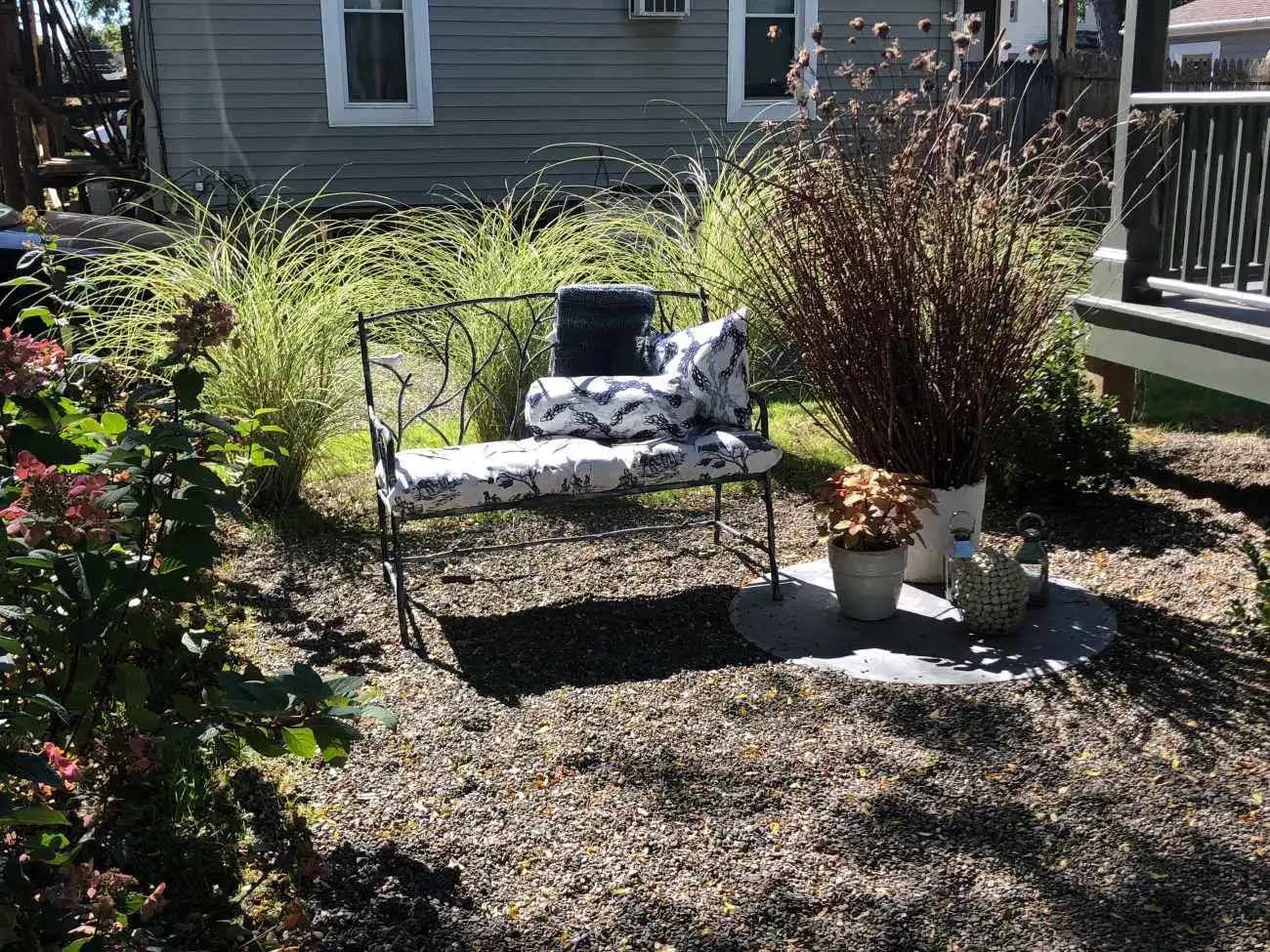
Create a Focal Point
Every garden benefits from having one or more focal points, depending on the size and layout of the space. Common garden focal points include large plants, well-placed garden art, water features, or a seating space. The focal point should draw the eye while remaining a cohesive part of the garden design. Effective focal points will give a specific space a sense of cohesion and balance and will help guide the placement of surrounding elements.
Подумайте про масштаб і пропорції
A well-balanced and visually appealing garden design requires careful consideration of scale and proportion. When designing your garden, consider the mature plant sizes and structure sizes in relation to your available space. For smaller gardens, choose dwarf or compact plant varieties and structures that will not overwhelm your space. Large gardens frequently require oversized structures and plants to make a visual impact.
Consider varying the scale and size of potential plants in the overall design to achieve an appealing mix of heights and proportions that creates visual depth.
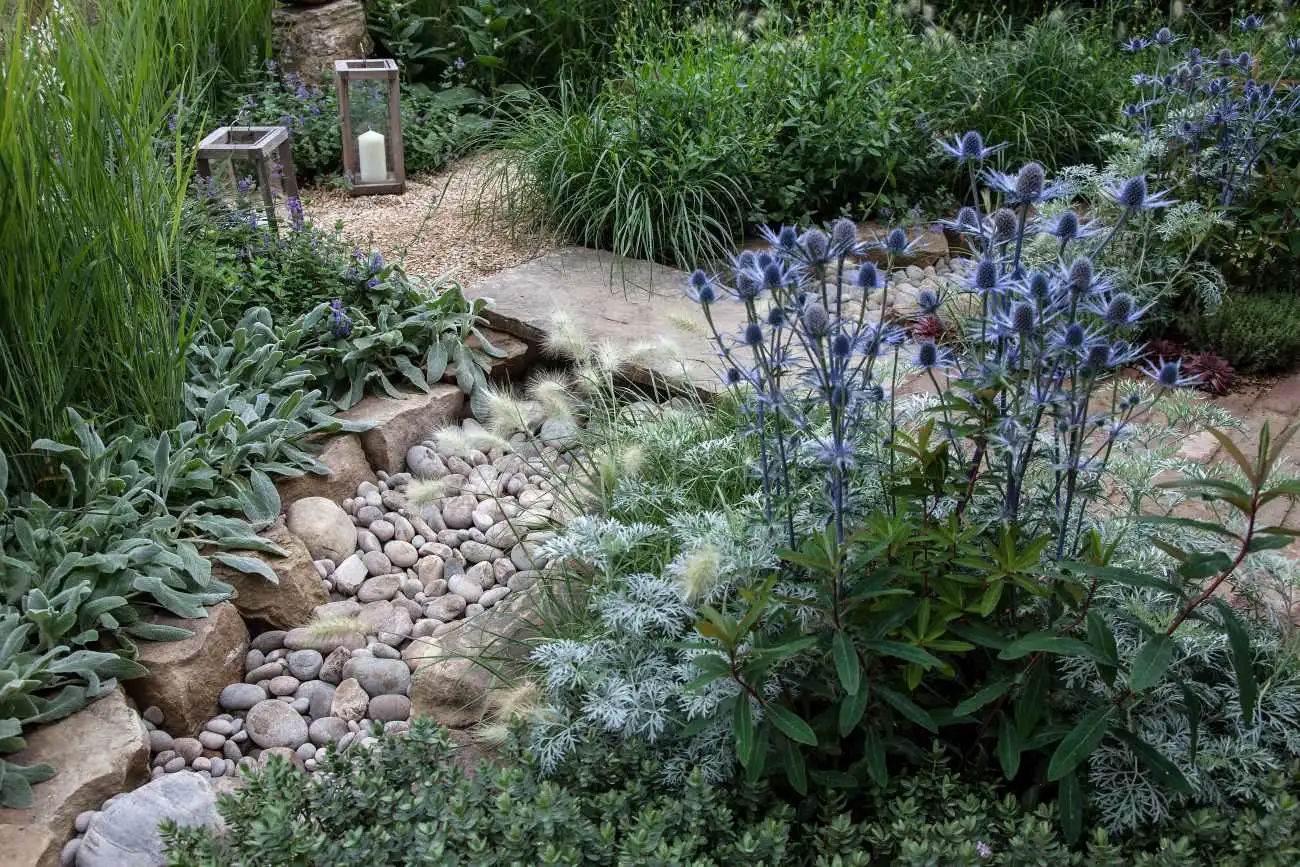
Incorporate a Variety of Textures and Colors
The texture and color palette of a garden have a significant impact on its aesthetic appeal. Consider combining plants and materials in a range of colors and textures. This should include variations in plant shape, leaf type, and structure.
When planning your garden design to vary plant colors and textures, consider when specific plants bloom and when they are dormant. Mixing vibrant colors can create a lush cottage look, whereas monochromatic garden palettes will give your garden a more minimalist or modern appearance.
Consider Maintenance
All gardens require upkeep, so think about how much maintenance you want in your garden as you plan the design and plant selection. This should include consulting with other household members if you want to include everyone in the ongoing maintenance.
Plants native to your area or that thrive in your specific environmental conditions will require less maintenance. Similarly, natural garden areas that do not require pruning or extensive weeding are easier to maintain than large manicured areas. Overall, you will want to balance the number of high-intensity areas with low-maintenance spaces.
Plan for the Future
Gardens are living and evolving, so factor this into your garden design. This ensures that your design takes into account the upcoming plant changes as well as future design phases that you wish to implement at a later date. A flexible design will allow you to implement changes because of your lifestyle, household members, or new ideas without having to entirely change the initial design.
Plan Your Budget
Even if you do not have a large budget, you can still create an appealing garden design. Planning your garden design, selecting cost-effective materials, using native plants, implementing the garden plan yourself, and maintaining the space without the assistance of a professional are all ways to reduce costs. You can also save money by extending the time frame for completing your garden project.
Even those with a larger budget will need to prioritize certain elements over others, so make sure to select the elements you absolutely want to include in your design. For some, it makes sense to hire a professional designer to create a garden plan and then implement it over time. You should also factor in ongoing maintenance costs if you don’t want to do this work yourself.
If you like our page please share with your friends & Facebook